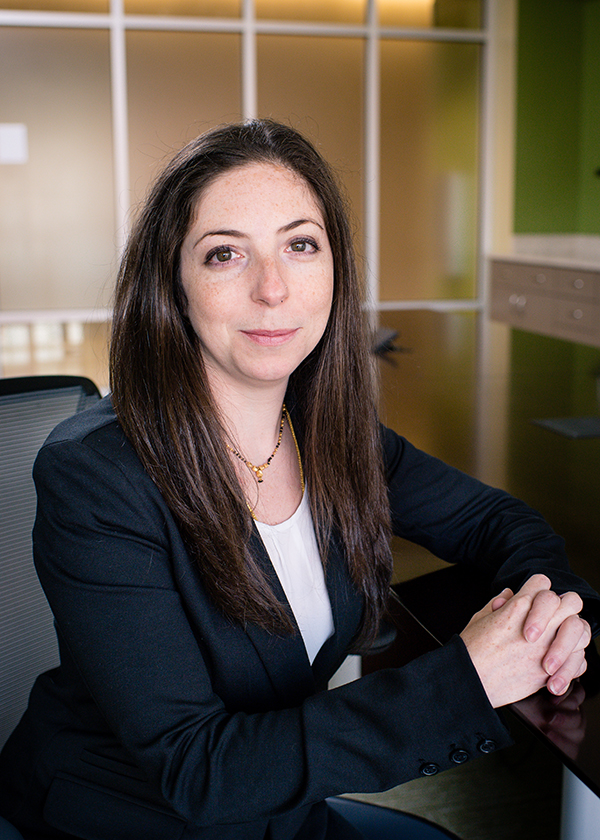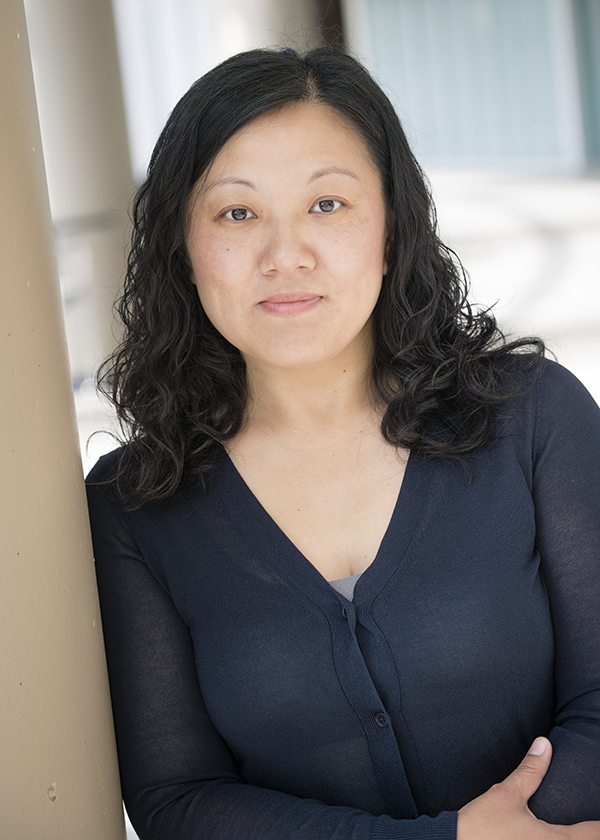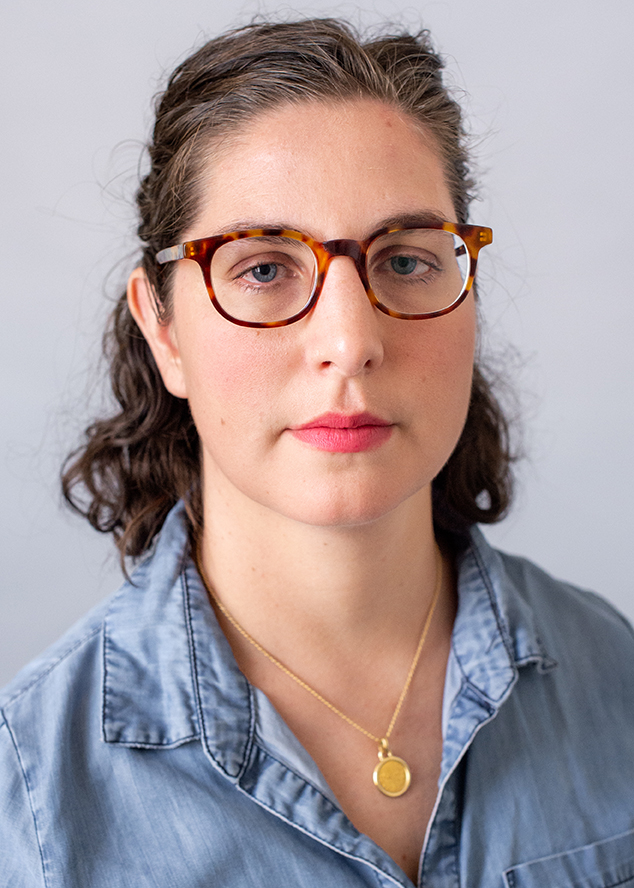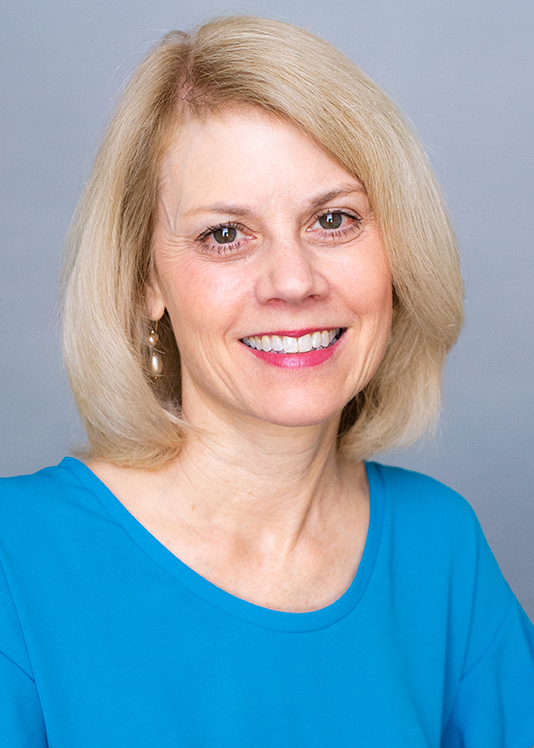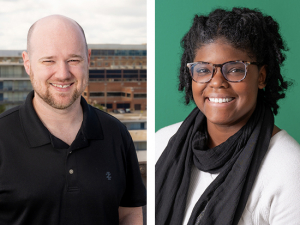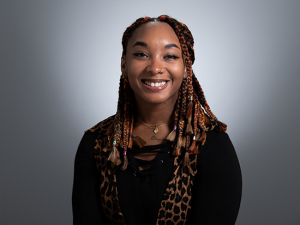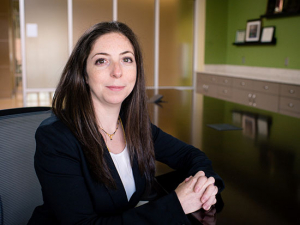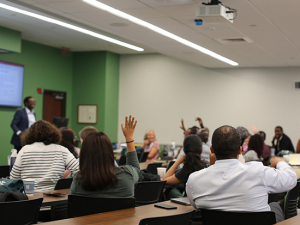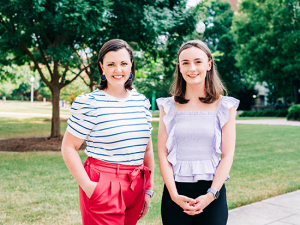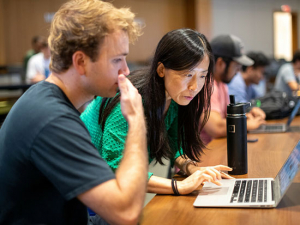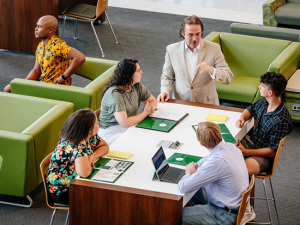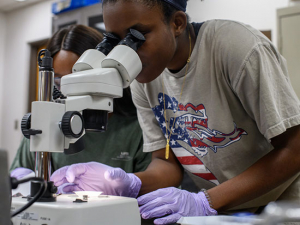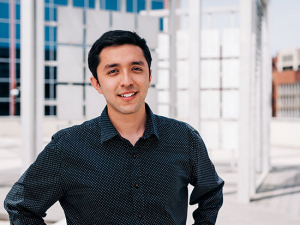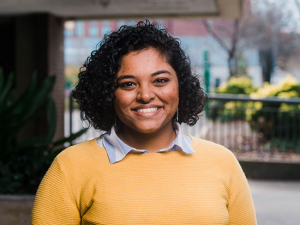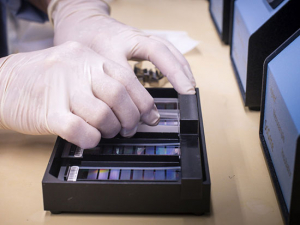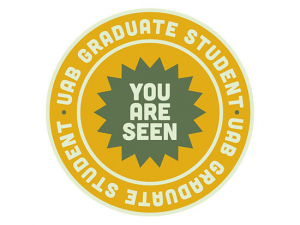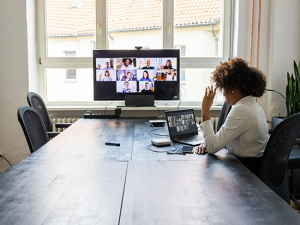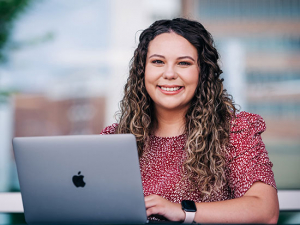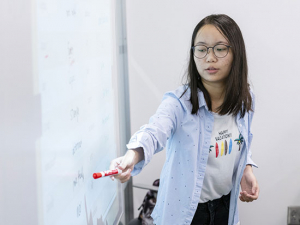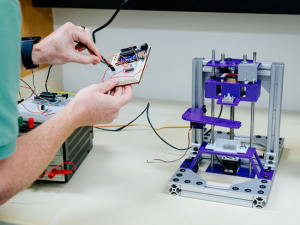The Office of Service Learning and Undergraduate Research’s Faculty Fellows in Undergraduate Research, now in its second year, creates courses to provide undergraduate students better access to research.
The fellows attend workshops during the yearlong fellowship to exchange ideas, learn from each other and develop a course syllabus and other tools and resources needed to implement their new course. They also receive a $1,500 enhancement grant to support course development and research. The courses created by the fellows align with UAB’s Quality Enhancement Plan, “Learning in a Team Environment,” which advances education across the university by teaching students to succeed in all appropriate roles of a team and use these skills to improve student learning.
The 2019 cohort included Samantha Giordano-Mooga, Ph.D., assistant professor in the School of Health Professions Department of Clinical and Diagnostic Sciences; Ling Ma, instructor of Chinese in the College of Arts and Sciences Department of Foreign Languages and Literatures; Elizabeth Pellathy, assistant professor in the College of Arts and Sciences Department of Art and Art History; and Nancy Wingo, Ph.D., assistant professor and director of Instructional Innovation in the School of Nursing.
Click through the slideshow to learn more about their work and see an informational video.
-
Samantha Giordano-Mooga
Department of Clinical and Diagnostic Sciences
Giordano-Mooga designed CDS 301, a clinical microbiology lab for health professions students that uses real-world clinical samples to teach them to identify causative agents of infectious human diseases using the biochemical properties of the microorganisms. As an elective course for biomedical sciences undergraduates, the lab adds a clinical component to the typical microbiology laboratory — students learn to execute gram stain techniques for the preliminary identification of bacteria and conduct biomedical tests to determine which of the microorganism’s properties play a role in inducing infection.
“Students learned how clinical laboratory scientists help physicians not only determine causative agents, but also how the appropriate antibiotics to treat infections might be chosen,” Giordano said. ““This lab has not only increased student inquiry about infectious microorganisms, but also increased awareness for alternative career paths such as clinical laboratory sciences, microbiology and public health.”
Watch an informational video. -
Ling Ma
Department of Foreign Languages and Literatures
Ma redesigned CHI 206, “Chinese for Professions,” which she will teach in spring 2020. In CHI 206, students learn from professionals in the corporate, government and community sectors and foster a regional network of leaders who have the knowledge and skills to share firsthand experiences that can help students learn to engage more effectively with Chinese professionals. Students also write project papers explaining what they’ve learned and present their new skills at the UAB Undergraduate Research Expo.
“In this course, students obtain a deeper understanding of Chinese professional etiquette and develop a suite of practical business tools and knowledge that they can use to engage successfully with Chinese professionals,” Ma said.
Watch an informational video. -
Elisabeth Pellathy
Department of Art and Art History
Pellathy created ARS 360, “Digital Fabrication II: New Media,” which also can be taken as an ARS 490 independent study course in studio art. In the course, students use 3D scanning and modeling of art on display in UAB’s Lister Hill Library of the Health Sciences and the Birmingham Museum of Art to consider ways technology can be used to understand the environment and learn about items of historical relevance and how they can be reinterpreted in contemporary circumstances.
“How can we making learning with technology a skill-based activity grounded in using the hand and understanding the handmade?” Pellathy asked. “This course will use 3D scanning and modeling as a way to understand our world and allow for true engagement with the hand.”
Watch an informational video. -
Nancy Wingo
School of Nursing
Wingo developed NUR 406, “Instruction to Design Thinking for Innovation in Health Care,” which she will offer in spring 2020. Based on the process of design thinking, a five-step, human-centered approach to innovation involving empathy, problem definition, ideation, prototyping and testing, the course will help nursing students experience the entire process based on a problem they choose from an innovation platform Wingo developed as part of UAB Solution Studios®. Much of the course’s research occurs during the problem definition stage, when students investigate a chosen problem to see previous approaches from other health care professionals — after that stage, students will propose a solution, prototype it and potentially test its efficacy.
“The design-thinking process will hopefully lead them to propose a specific, real-world solution to a clinical problem — but it’s also a process they can use to solve any kind of problem moving forward,” Wingo said.
Watch an informational video.
